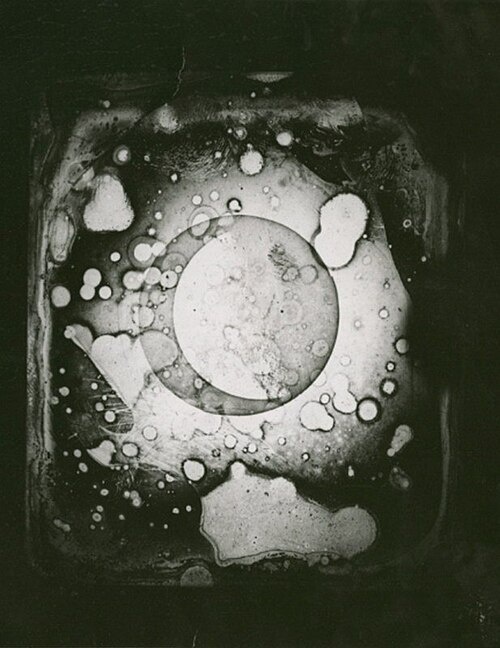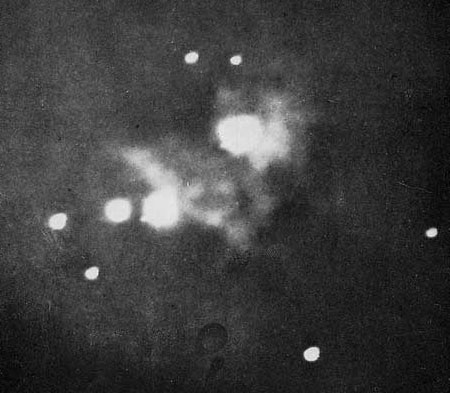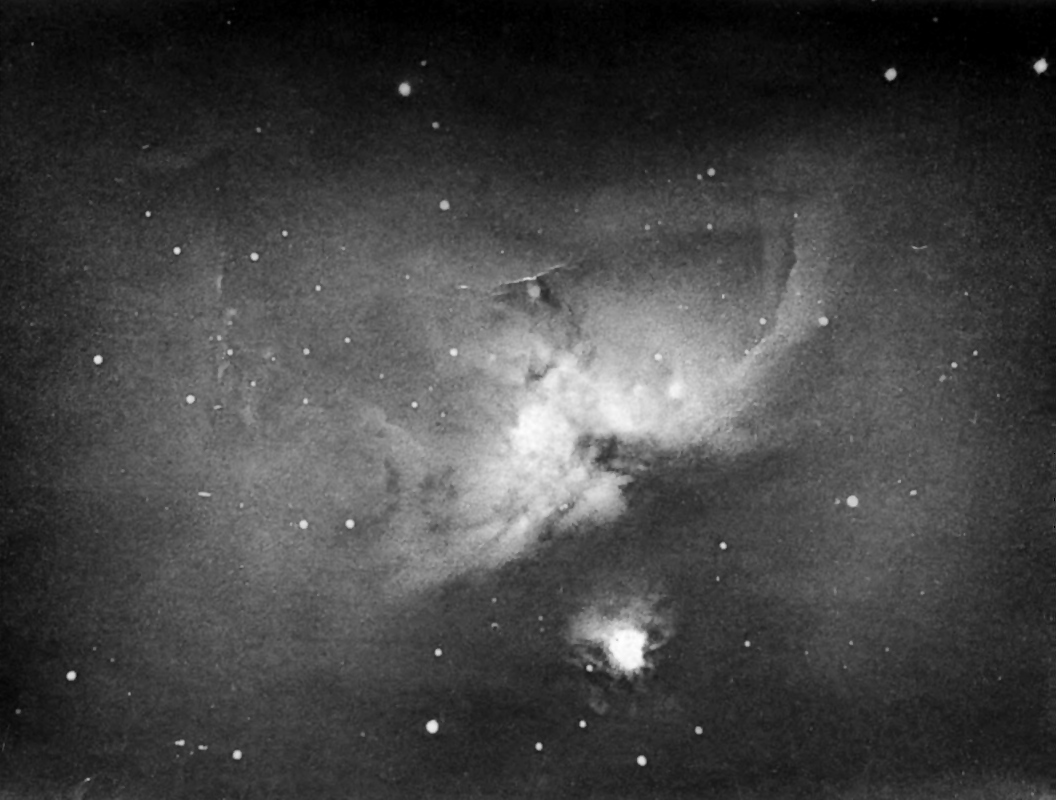
It’s no surprise that as soon as we could, people were trying to take photographs of the stars. Nowadays, our expertise in astrophotography has only improved, with image quality getting higher and subjects getting further away. Let’s dive into the history of astrophotography and see just how far we’ve come.
The Beginning, the Daguerreotype
Astrophotography, particularly early astrophotography, comes with a host of unique challenges and difficulties because of the distance of the subjects and the low light when taking pictures. Film had to be exposed for a very long time for the image to develop. However, as this film was being exposed, a few problems arose. If the telescope housing the photograph was bumped or jostled even slightly, the photo would be ruined. This meant people had to design special rigid telescopes that wouldn’t sag or shake during the photography process. In addition, the subjects were constantly moving, so early astrophotographers needed to accurately rotate the telescope mount and keep the solar subject fixed within the lens at an exact point.
The first recorded attempt at astrophotography was made by Louis Daguerre, who invented the daguerreotype, in 1839 and was an attempt to photograph the Moon. The daguerreotype was the first photographic process that involved using a sheet of silver-plated copper treated with specialized fumes to make it light sensitive, then exposing the sheet to light through a camera, and even later exposing the sheet to mercury vapor and chemical treatment to make the image more visible. However, due to issues in stability and tracking with the finnicky process of daguerreotyping, the image was fuzzy and lackluster. A year later, New York professor John William Draper was able to successfully photograph the Moon through a 20-minute daguerreotype shoot using a specialized reflecting telescope.

The earliest surviving daguerreotype of the Moon and earliest surviving example of astrophotography. Taken by John William Draper. Photo via Wikimedia Commons and licensed under public domain.
The daguerreotype found continued use in astrophotography and was used to photograph a range of other images, such as the Sun, the first solar eclipse photograph in July 1851, and the star Vega.

The first photograph of a solar eclipse. Taken by Julius Friedrich Berkowski on July 28, 1851. Via Wikimedia Commons and licensed under public domain.
Dry Plate Photography
While the daguerreotype and other forms of wet plate photography were the first methods of astrophotography, due to their difficulties in production, processing, and preservation, it wasn’t until the late 19 th century that astrophotography found widespread use as a research tool. This is due to the introduction of dry plate photography. Unlike the daguerreotype, this process used a pretreated glass plate (or with later innovations, paper or flexible film) and then exposed it to light through a camera. This process was cheaper, reproducible, easier, and output much higher quality than the existing daguerreotype or collodion plate processes.
This method was first used by Sir William Huggins and Margaret Lindsay Huggins in the 1870s to photograph the radiation coming off of celestial bodies. In the 1880s, this method was used by American doctor and astrophotographer Henry Draper to take the first photograph of the Orion Nebula. This one-of-a-kind photograph was the first photo of a nebula and took over 50 minutes to produce!

The first photograph of the Orion Nebula. Taken by Henry Draper in 1880. Via Wikimedia Commons and licensed under public domain.
The advances in dry plate photography didn’t end there. In 1883, Andrew Ainslie Common, an amateur astrophotographer from England, made a stunning discovery. By recording several images of the same nebula using the same plate taken via a homemade reflecting telescope, he could produce an image with extreme clarity and even record celestial phenomena invisible to the human eye. Each of these exposures could take up to 60 minutes, but the results were stunning, and he won the Royal Astronomical Society’s gold medal for his work.

A photograph of the Orion Nebula. Taken by Andrew Ainslie Common in 1883. Via Wikimedia Commons and licensed under public domain.
The 20th Century and Onward
While photography methods were certainly a limiting factor, telescopes and tracking were another hurdle for astrophotographers. Thankfully, the 20th century saw massive improvements in telescope and photography hardware. Commercially available telescopes got more advanced and easier to produce, opening the world to more amateur astrophotographers. Sophisticated telescopes, such as multimirror and segmented mirror telescopes, allowed for much larger apertures and viewing of subjects further away. In addition, space flight became a possibility, and the first photograph of Earth taken from outer space was produced on October 24th, 1946.

The first photograph of the earth from space. Via Wikimedia Commons and licensed under public domain.
Advancements wouldn’t stop there as space-based telescopes such as the Hubble space telescope were produced, allowing for photographing outside the earth’s atmosphere. Color cameras, digital cameras, and CCD cameras only further advanced the realms of astrophotography, allowing us to capture some of the stunning images you can see today.

A photograph of the Milky Way taken from the ISS. Photograph via NASA; JAXA. Image licensed under public domain.
Further Reading
Advances in astrophotography don’t seem to be slowing down. If you’re interested in learning more about astronomers and models related to photography and space, check out these blog posts:




Comments (0)